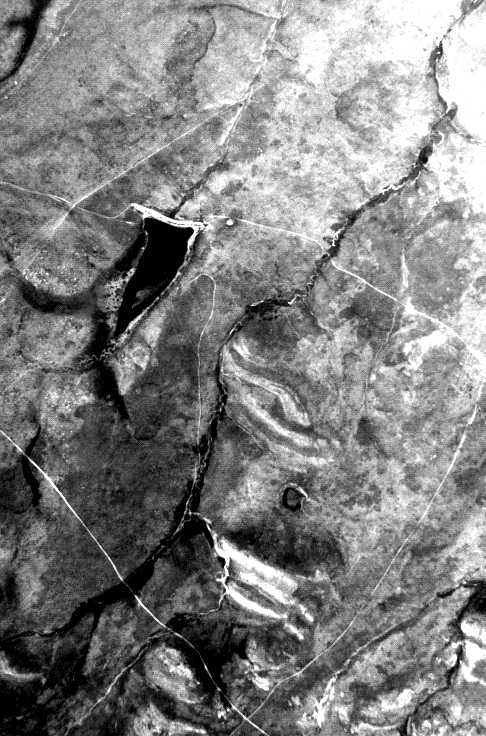
Multiple Species Conservation Program (MSCP) Habitat Monitoring: Remote Sensing Research at San Diego State University
 |
Multiple Species Conservation Program (MSCP) Habitat Monitoring: Remote Sensing Research at San Diego State University |
Radiometric Processing
Different radiometric processing methods were utilized on airborne and satellite types of imagery. This overview of radiometric processing will be focused on the airborne ADAR data that is used frequently at SDSU. The ADAR 5500 system is a four band digital camera system which collects data in overlapping frames similar to conventional aerial photo systems. The hardware consists of four separate cameras on a single mount, each camera has special filter to collect image data in only one of the four bands; red, green, blue, and near-infrared. These cameras are set up to collect high resolution data from relatively low altitudes with coverage of fairly large aereal extents. To accomplish this the lenses have a field of view which extends to about 35 degrees from Nadir. These off nadir view angles combined with sensor-sun-target view angle geometry cause radiometric differences across image scenes due to the forward and back scattering of incoming light. These radiometric differences can be problematic when creating image mosaics for larger areas. This problem can be seen in the panchromatic ADAR image mosaic below. Forward scattering causes the lower left portions of each image scene to appear darker, while the opposite corners are much brighter due to back scattering of incoming light. To correct for these brightness variations, an image processing algorithm was developed at SDSU which offsets the the pixel values slightly across the image scene to reduce the bright "hotspots" and enhance the darker areas. This algorithm can be computationally intensive as offsets must be calculated by image band for each flight line. The following imagery shows two image mosaics, both before and after the correction, as well as a single image scene before and after correction. Note how the second mosaic appears to be seamless at image overlap areas.
Single band ADAR mosaic before radiometric correction

Single band ADAR mosaic after radiometric correction

ADAR image before correction ADAR image after correction


Another very important radiometric image processing step required for effective multi-temporal image change detection is between date normalization. Matching the histograms of multi-temporal imagery by matching the mean and standard deviations of the individual wavebands is an efficient method of normalization. Histograms of the imagery with the lower standard deviations are matched to the imagery with the greatest standard deviations. To do this, mean value offsets are first applied and then the histograms are stretched using a standard deviation stretch to match the means and standard deviations of the reference image histograms. At this point the imagery from multiple dates can be effectively compared and changes identified are more likely real changes rather than radiometric differences due to differences in the time of year, time of day, sensor calibrations, or the phenological state of the vegetation.